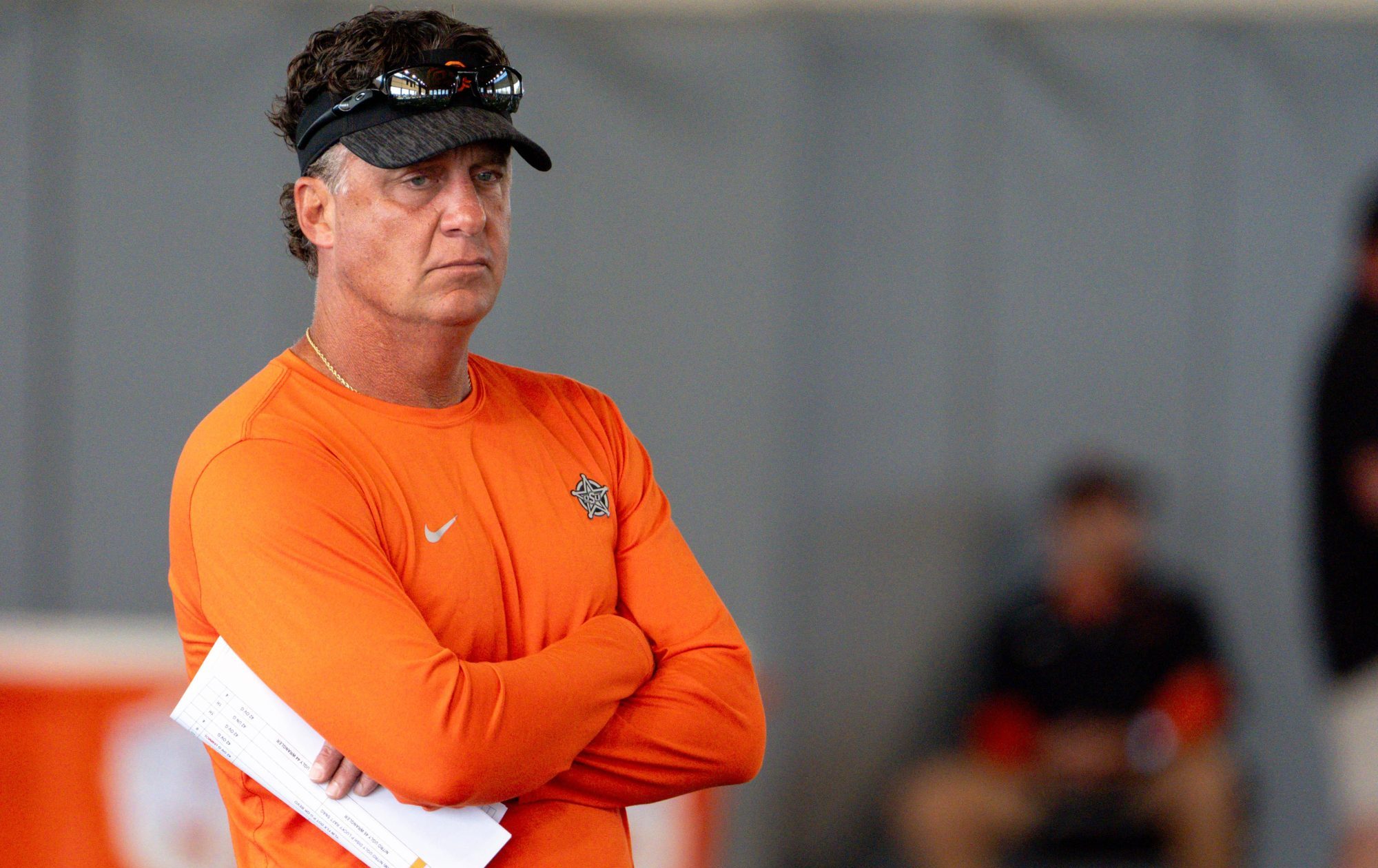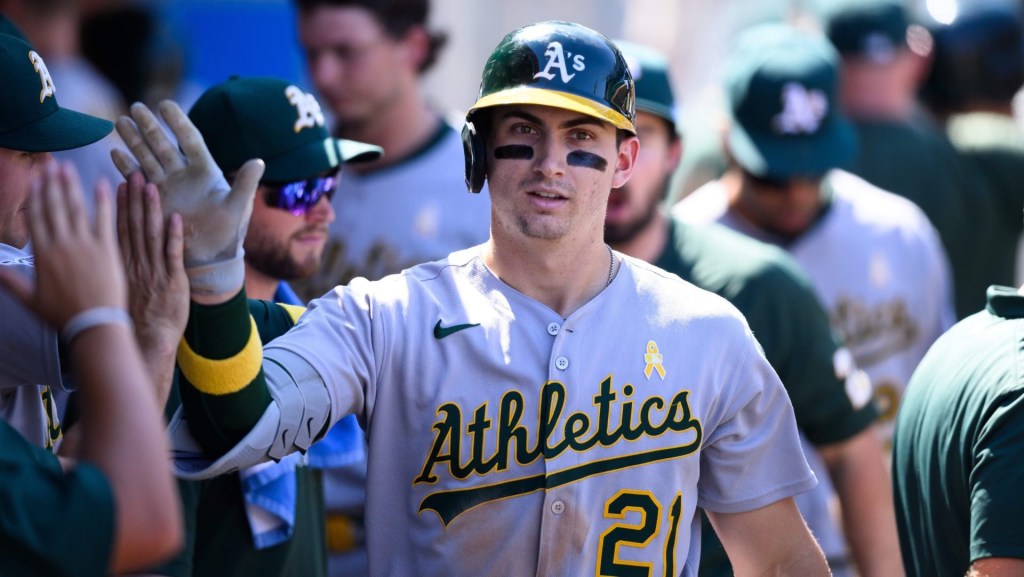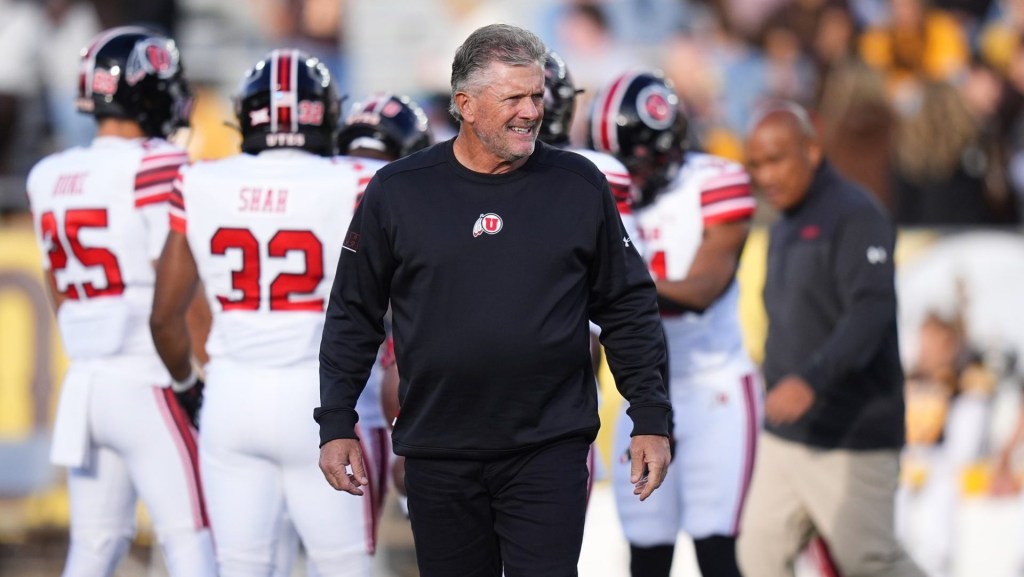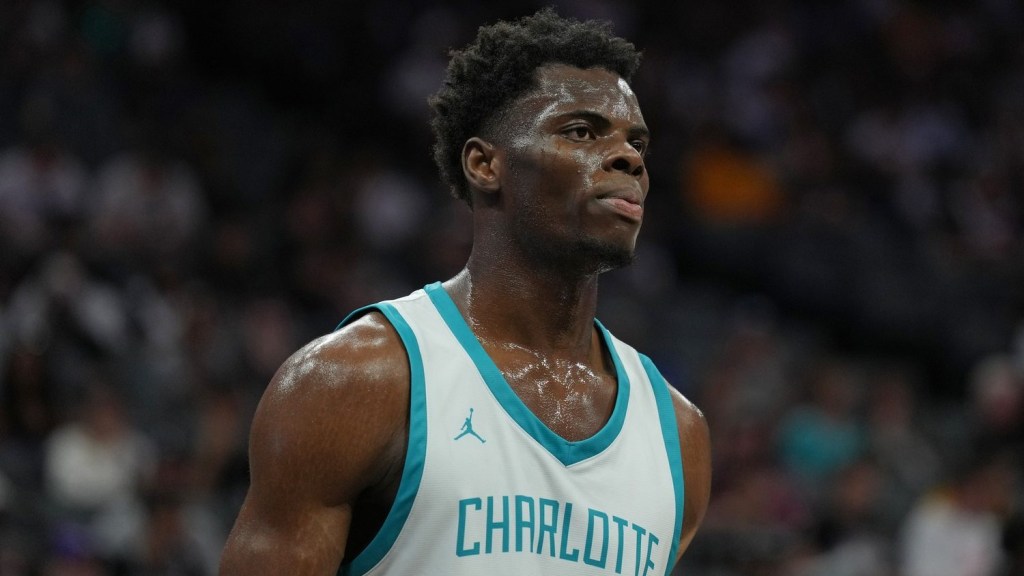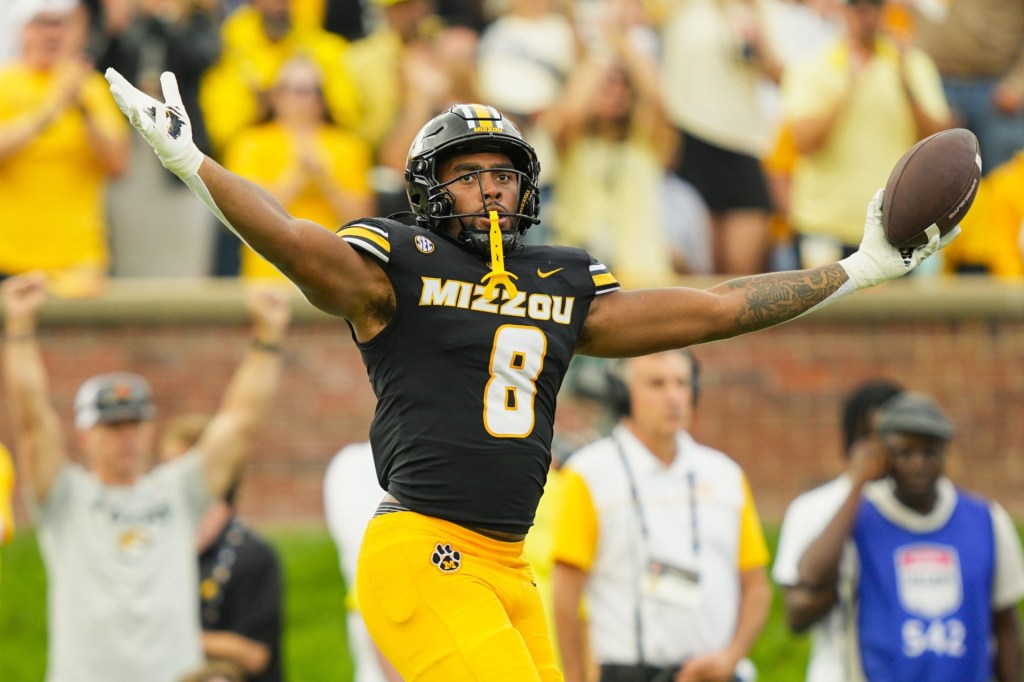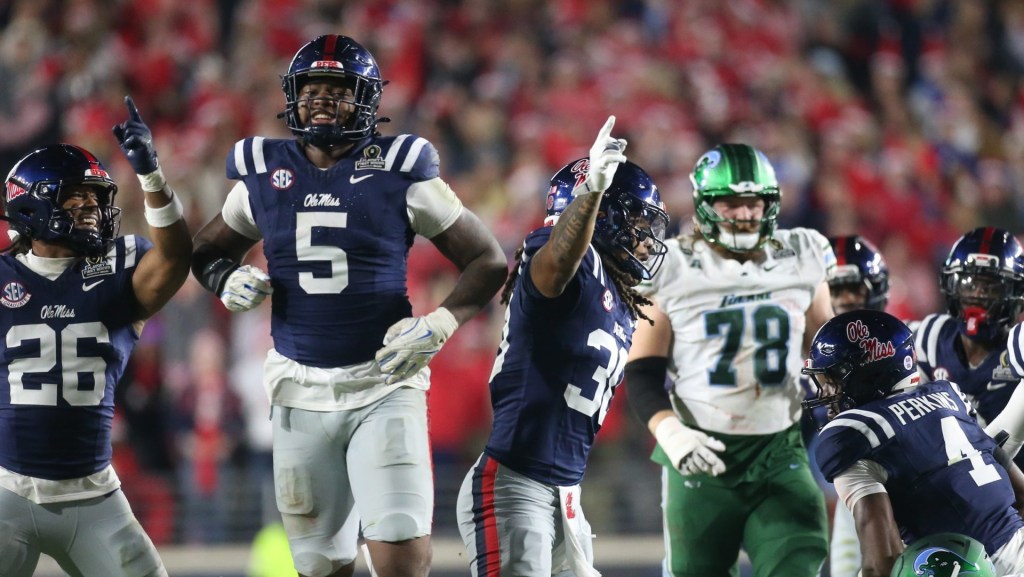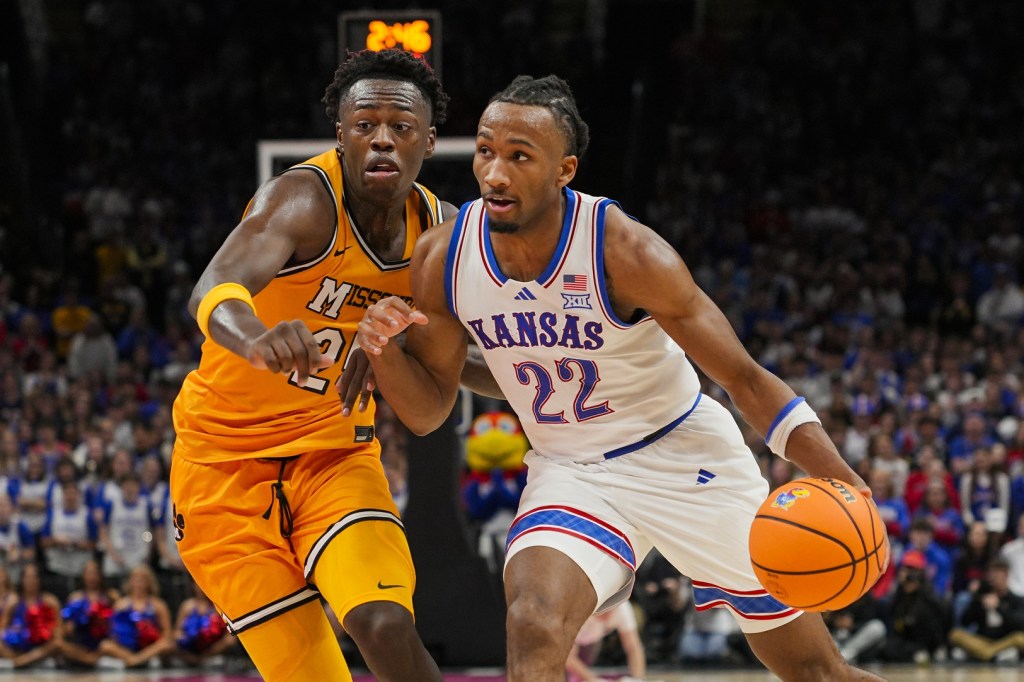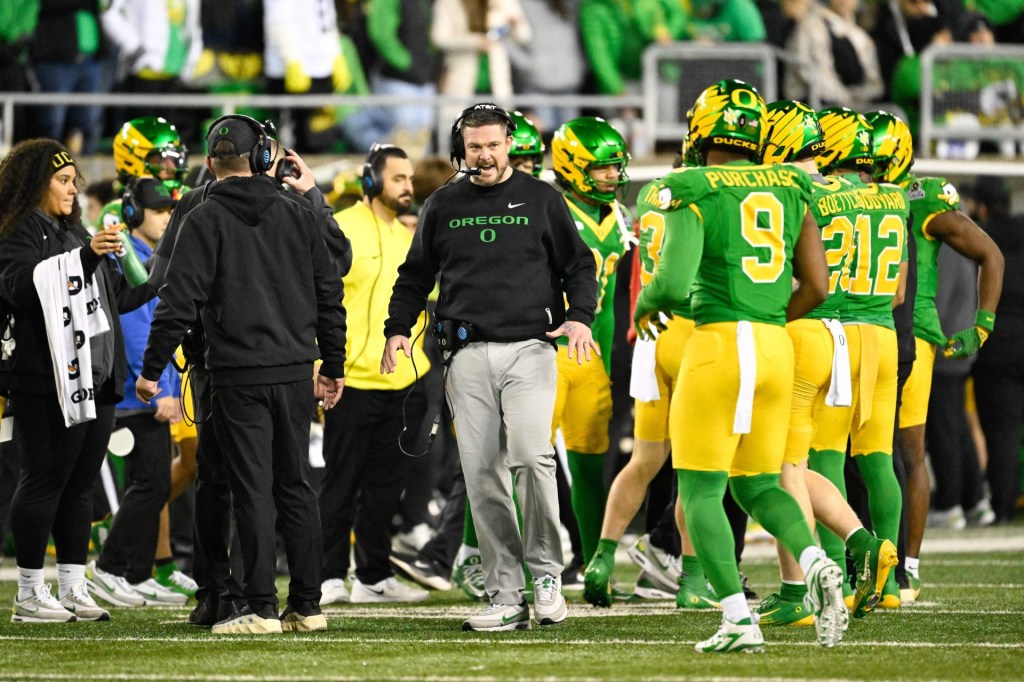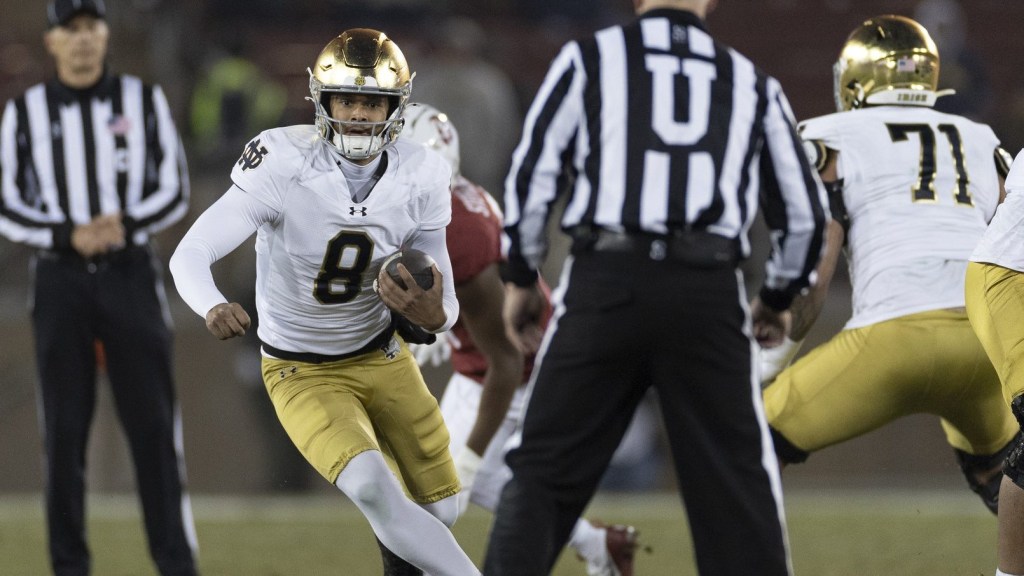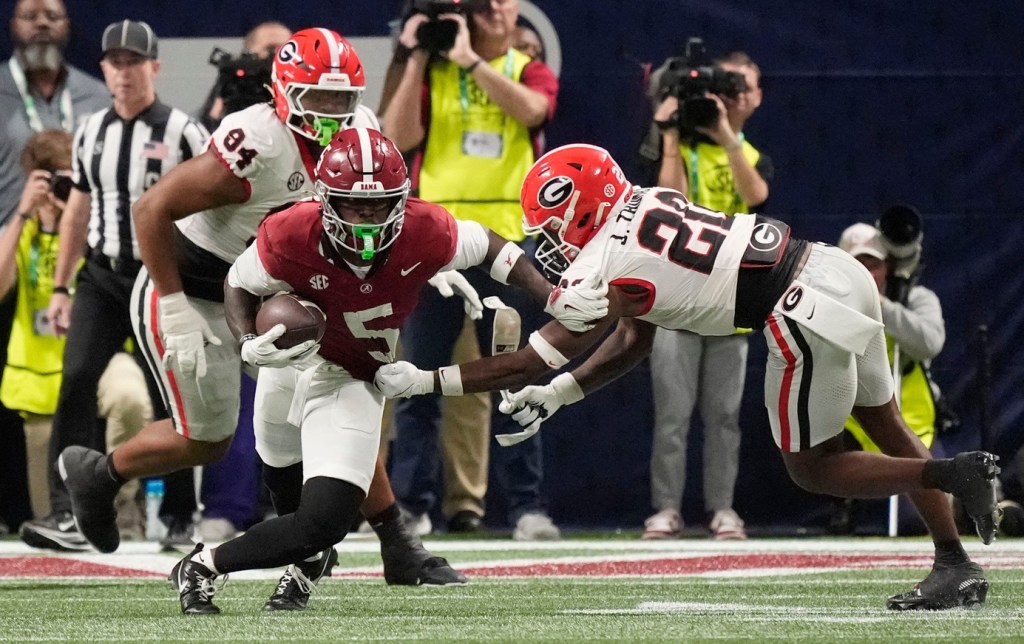Last week, Oklahoma State football coach Mike Gundy had a message for his athletes regarding name, image, and likeness deals: “Tell your agent to quit calling us and asking for more money.” The season kicks off on Aug. 31, and Gundy said deals will be “non-negotiable” until December.
But Gundy, in fact, has no intention of ignoring NIL during the regular season.
On Tuesday, he announced through an athletic department press release that each Cowboys football helmet will feature a QR code linking to an OSU NIL collective, Pokes With A Purpose. The QR code will allow fans to contribute to a “general fund” for the entire football roster.
The helmet initiative, which also includes placing QR codes on bag tags, is believed to be the first of its kind, according to OSU.
“This is a revolutionary step forward to help keep Oklahoma State football ahead of the game,” Gundy said in a statement—a stark departure from his comments last week.
Gundy’s shift in tone reflects a conundrum faced by many coaches and administrators: a mostly unregulated NIL landscape that some have dubbed “unrestricted free agency.” Since NIL is now a top consideration for recruiting, coaches like Gundy understand they need to publicly embrace it. But they’ve just as often attacked the fledgling industry, criticizing timelines, a lack of restrictions, or even what they perceive as athletes’ focusing more on earnings than practice.
The Cowboys’ QR codes are likely a happy medium: they prove that OSU is interested in helping athletes cash in without distracting them from school and sports too much.
But fans arewondering how the promotion will actually work. Will cellphones be able to scan a 1.5-inch QR code on a helmet all the way up in the stands—or from their couches watching TV? “Though the QR codes aren’t expected to be visible from the stands on game day, close shots during broadcasts, as well as postgame photos posted to social media, are expected to raise the team’s NIL value throughout the year,” the school promised.
